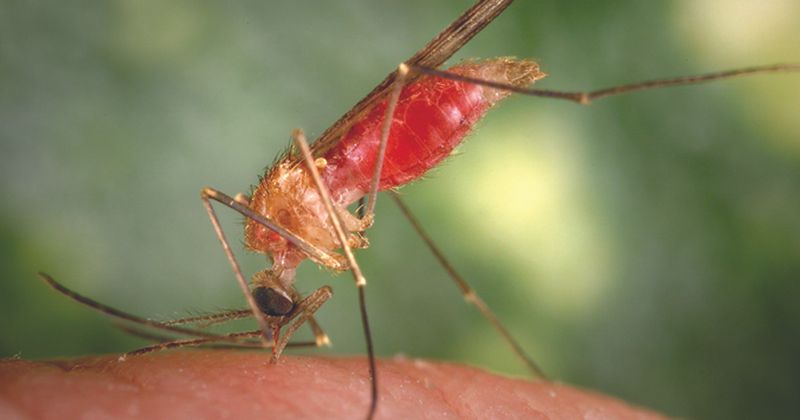Intravenous artesunate safe, effective in treating severe malaria
Click Here to Manage Email Alerts
Intravenous artesunate was safe and effective in treating severe malaria in adults in the United States, researchers reported in Clinical Infectious Diseases.
Artesunate became the first-line treatment for severe malaria in the U.S. in 2019 after Eli Lilly stopped making quinidine, which had been the only FDA-approved drug for the illness. The FDA has since approved artesunate for severe malaria.

For the study, Francisca Abanyie, MD, an investigator in the CDC’s Division of Parasitic Diseases and Malaria, and colleagues assessed 280 adult patients with malaria who had received intravenous artesunate (IV AS) from April 2019 through December 2020. Most patients were male (61.4%), Black (75%), and infected with Plasmodium falciparum (83.6%). Their median age was 35 years (IQR, 15.8-53.9).
According to Abanyie and colleagues, the most frequently reported criteria for requiring IV AS was parasitemia greater than 5% (75%), acute kidney injury (32.1%) and signs of cerebral malaria (29.3%).
Based on the protocol recommendations at the time of treatment, 154 patients (55%) were prescribed a four-dose IV AS treatment, and 126 (45%) received a three-dose treatment. Of those, 262 patients received all recommended doses.
Among 170 patients for whom information was available, parasitemia was lowered to less than 1% in almost all of them (93.5%) by the third dose of IV AS, and most only required two doses to reach this threshold, Abanyie and colleagues reported.
There was no significant difference in clearance times between participants who received oral therapy and those who did not prior to IV AS, the researchers said.
Five participants died, all from severe malaria. Adverse events associated with IV AS were reported in around 5% of participants.
“Prompt administration of IV AS is a lifesaving therapy,” the authors wrote. “All but five patients treated with IV AS survived; all deaths were attributed to complications of severe malaria. While a direct comparison to patients treated with quinidine was not done in this study, the observed mortality rate in our cohort (1.8%) appears lower than for patients with severe malaria treated with quinidine (3%) in the U.S. between the years 2012 through 2017.”
